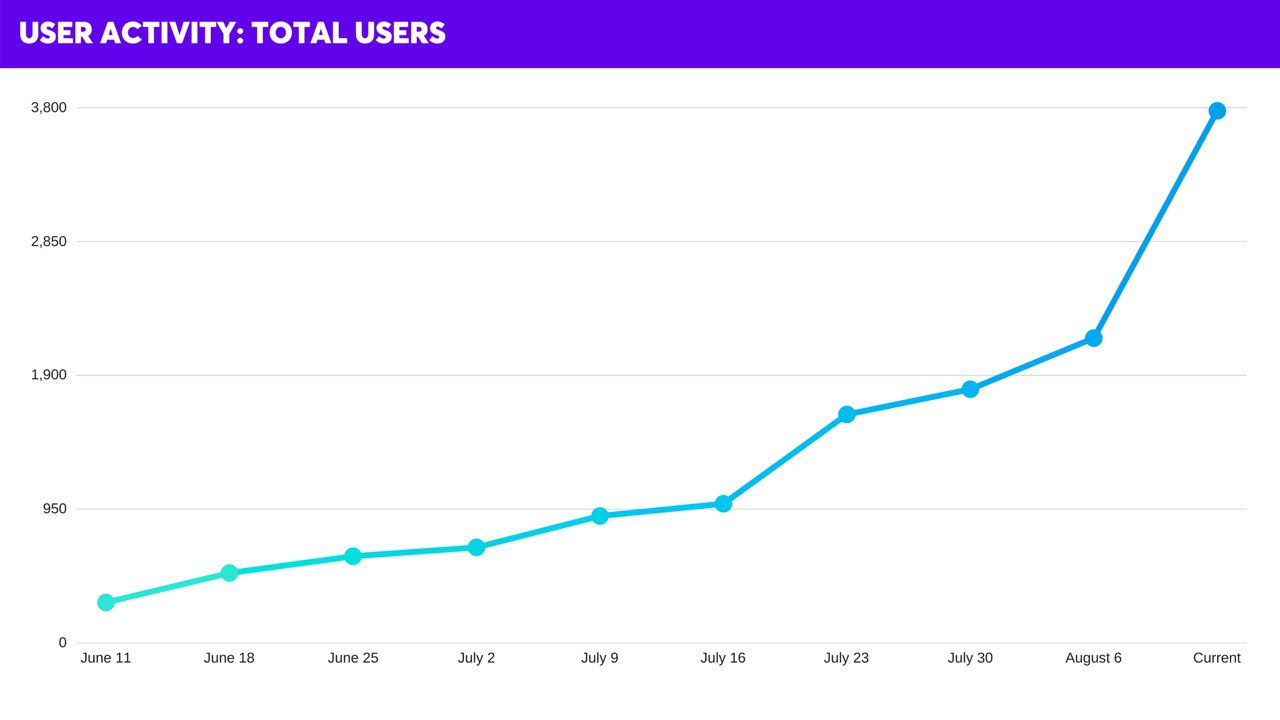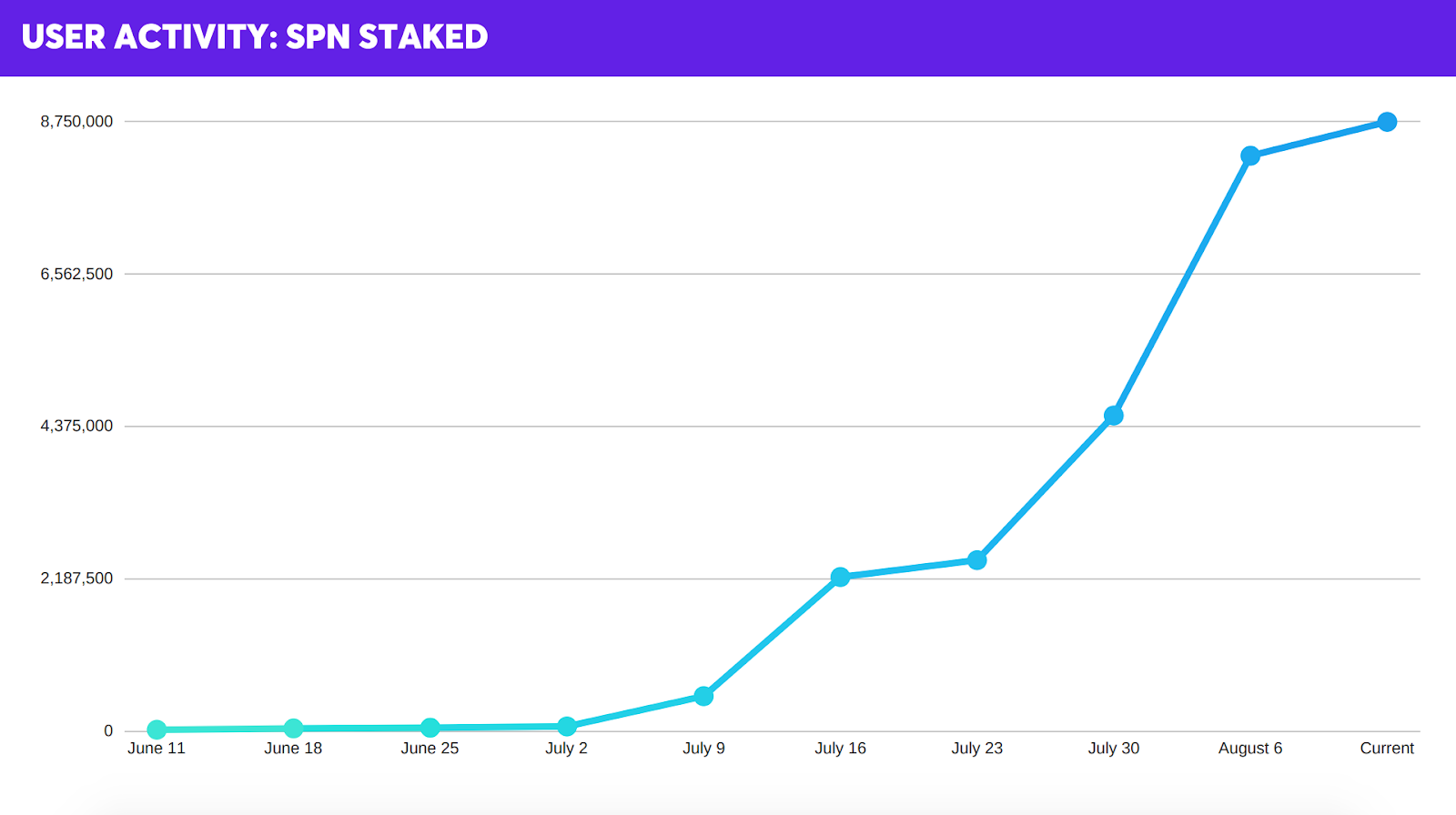The current bear market in cryptocurrency has caused some investors and users to shy away from blockchain solutions. While this trend reflects a dearth of concrete blockchain applications and services, the future of blockchain technology remains bright.
As Deloitte reported in their 2018 Global Blockchain Survey:
While blockchain is not quite ready for primetime, it is getting closer to its breakout moment every day… Momentum is shifting from a focus on learning and exploring the potential of the technology to identifying and building practical business applications.
Executives and institutions believe in blockchain technology and its potential to transform the value chain. Many of these same players are actively investing and creating in the blockchain space. Some countries are even integrating blockchain investment into their domestic growth strategies.
The Rise of Ethereum and Challenges Faced
One such blockchain technology is Ethereum. Ethereum’s network boasts the second highest market capitalization in the world and processes hundreds of thousands of transactions per day.
Trading at as high as $1,400 in January 2018, Ethereum’s token, Ether (ETH) has fallen to roughly a $300 price point. Some analysis suggests that the $300 mark is a natural floor for the digital asset, but it’s anyone’s guess as to how much farther ETH could fall.
Underlying Ethereum’s slide are a number of practical challenges. Ethereum’s blockchain latency is slow and transactions take time to be verified. Preserving the decentralization of the network trades off with solutions that attempt to increase transaction speeds, lowering the appeal of the platform’s transparency.
Conversely, preserving robust decentralization impedes the platform’s scalability. For context, Visa’s card rails are capable of processing 24,000 transactions per second; Ethereum is capable of processing 20. Bitcoin can only process 7.
Latency tradeoffs are core problems for any peer-to-peer transfer network. But Ethereum aims to expand the peer-to-peer transfer capabilities of popular currencies such as Bitcoin to an entirely decentralized transaction chain that incorporates external digital currencies through smart contract protocols.
SPN, Sapien Network’s utility token, is one such example of a currency being built upon the ERC-20 token standard. That same standard ensures interoperability across all contracts, tokens, and users on the Ethereum blockchain.
Decentralization is a core component of this kind of blockchain technology. Tech giants like Facebook, Twitter, and YouTube have repeatedly proven the dangers associated with centralized control of content and truth. Building on the blockchain diffuses central authority and enables more meritocratic and flexible team structures as well as for more transparent and open-source applications to be built.
It’s clear Ethereum is an enticing development ecosystem, and that the technology has immense upside and innovation potential. But the network, like any, is not without its faults.
Ethereum has suffered from an abundance of poorly-designed apps, ICOs, and even outright scams. Outside of poor development and malicious intent, many Ethereum contracts are unverified, which erodes user confidence in the system’s robustness. Lack of confidence in the Ethereum ecosystem devalues the platform’s currency, leading to significant downward pressures on Ether. For Ether to recover and Ethereum to grow, concrete applications of its blockchain technology need to become ubiquitous.
Fortunately, many promising and robust Ethereum applications are under development and existing applications are growing quickly. The Ethereum blockchain benefits from being a first mover in the blockchain space, where it has developed a strong reputation for user governance and its development stack is an industry standard for over 250,000 developers.
This foundation, coupled with diverse developer tools and flexible decentralization, make building on Ethereum highly appealing. It is unsurprising, therefore, that many applications built on the Ethereum network have shared in its upward momentum and growth.
Sapien Network Experiences High Growth, Positions Itself as the Largest Ethereum-Based Social Network
Sapien Network, for example, has nearly 4,0000 active daily users. That represents over 300% growth since June.

In that time, over 10,000 posts have been made and over 9 million SPN has been staked, a key metric indicating early success for Sapien’s Adaptive Staking model and user-friendly Rewards Engine. These impressive figures position Sapien Network as the largest Ethereum-based social network in the world. The platform, currently in its Beta stage, only figures to grow further in anticipation of its full release later this year.
Sapien leverages the core fundamentals of the Ethereum blockchain. Almost 5% of the SPN circulating supply has been staked by Sapien community members. This incentive architecture builds Proof-of-Value, derived from Proof-of-State on the blockchain, into the Sapien economy and ensures each user has something at stake on the platform.
It also stabilizes the token economy by insulating it from supply swings and volatile velocity. Finally, Proof-of-Value is a powerful tool for fighting fake news and promoting quality content, since the SPN Rewards Engine is built into the staking process.

Because the Sapien network performs many calculations on side-chains or off-chain entirely, Ethereum transactions are quicker and more efficient. And by incentivizing users to promote good and accurate content, Sapien hopes to build transparency and responsible governance directly into its platform.
Ethereum’s heavy focus on decentralization complements Sapien’s governing values and ensures the protection of user data. Hopefully, these features can be employed in tandem with a number of potential solutions to Ethereum’s complex scaling challenges to produce the ideal social news experience for users.
Sapien leverages the flexibility and decentralization of the blockchain to deliver a comfortable and rewarding user experience. We believe that in doing so, Sapien redefines the conventional social network power relationship and champions the users as the true value creators.
— Ankit Bhatia, CEO of Sapien
Ethereum’s recent Casper release and shift to a Proof-of-Stake protocol dovetails perfectly with Sapien’s Proof-of-Stake economy. These innovations and Sapien’s steady growth position the platform well to solidify its reign as the largest Ethereum-based social network.
And as Sapien continues to grow, its team believes the platform will exemplify the many practical applications of the Ethereum blockchain and the technology’s auspicious future.
Projects like Sapien are all the more critical for blockchain technologies like Ethereum going forward. As noted, the current market lacks concrete blockchain applications, projects which are key to Ethereum’s long term health and stability.
In theory, tokens are volatile and speculative until they have strong projects with good teams and even better products behind them. Until now, the prevailing narrative in the cryptocurrency space has largely focused on price and liquidity. It is therefore refreshing to see projects like Sapien confer the value of their token in the success of their platform and the interest of the user. Utility architecture bodes well for the long term sustainability of the platform and the blockchain.
As Sapien continues to scale, add users, and implement its innovative Rewards Engine, we believe the utility of the Proof-of-Value protocol will become exceedingly apparent. Our team is confident that Sapien, which is already the largest Ethereum-based community in the world, will quickly become the flagship of social media on the blockchain.
— Rob Giometti, Sapien’s Chief Product Officer
Only time will tell if Sapien can become the premier blockchain-based social network, but its position at the head of the Ethereum community and recent growth are strong fundamentals pushing the platform to new heights.
Related: Blockchain Projects That Are Leading the Web 3.0 Evolution

